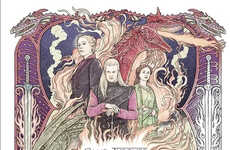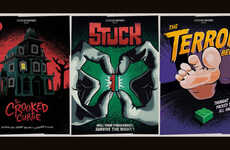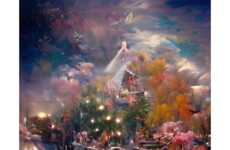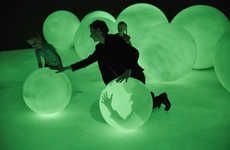
Game of Thrones Teases Fans with a Visual of Snow-Covered Bodies
References: hbo & highsnobiety
HBO has released an array of series finale posters for its cult-favorite TV show Game of Thrones. The first round of promotional materials included a hefty collection of visuals that spotlighted key characters sitting on the throne. The composition alluded to the question that everyone is asking themselves — who will be the victor?
Now, the television network launches yet another series finale poster, just 10 days before the airing of the season. This one, however, is more successful in stirring controversy and motivating fan theories as the representation is more wholesome. The visual realizes snow-covered characters that roughly outline the shape of the throne. The image has a stimulating effect on social media users as everyone begins to hypothesize what exactly the dead characters in the poster signify.
Now, the television network launches yet another series finale poster, just 10 days before the airing of the season. This one, however, is more successful in stirring controversy and motivating fan theories as the representation is more wholesome. The visual realizes snow-covered characters that roughly outline the shape of the throne. The image has a stimulating effect on social media users as everyone begins to hypothesize what exactly the dead characters in the poster signify.
Trend Themes
1. Series Finale Posters - Creating visually ambiguous posters for the series finale generates excitement and speculation among fans.
2. Controversial Promotional Materials - Using promotional materials that stir controversy and motivate fan theories increases engagement and buzz surrounding a TV show.
3. Social Media Speculation - Encouraging social media users to hypothesize about the meaning behind promotional visuals generates excitement and anticipation for a TV show.
Industry Implications
1. Television - The television industry can utilize visually ambiguous posters and controversial promotional materials to generate interest and increase viewership for series finales.
2. Entertainment - In the entertainment industry, creating promotional materials that motivate fan theories and spark discussion can help build anticipation and drive audience engagement.
3. Marketing and Advertising - The marketing and advertising industry can learn from using social media speculation as a strategy to create buzz and generate excitement around products or events.
5
Score
Popularity
Activity
Freshness























